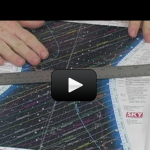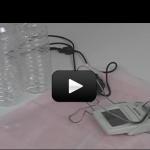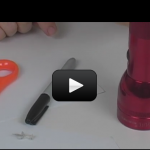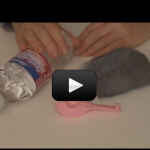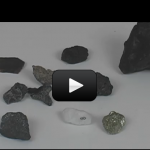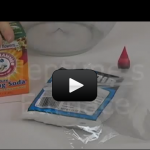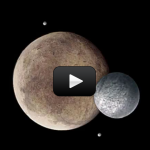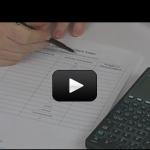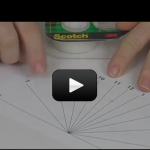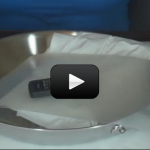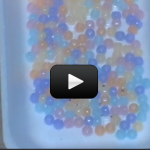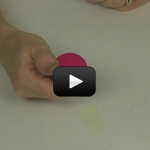Getting Started
Astronomy is a fantastic area of science for teachers and students alike because it combines many different fields of science and still leaves a lot of room for wonder and exploration. This section contains many different kinds of astronomy experiments which are easy and fun activities designed to get your feet wet in the field of astrophysics.
Early astronomers tracked the movement of the stars so accurately that in most cases, we’ve only made minor adjustments to their data. Although Galileo wasn’t the first person to look through a telescope, he was the first to point it at the stars. Originally, astronomy was used for celestial navigation and was involved with the making of calendars, but nowadays it’s mostly classified in the field called astrophysics.
There are different types of astronomers, some of whom have never looked through a telescope. For example, radio astronomers use satellite dishes to “view” the sky while backyard astronomers use optical telescopes armed with cameras. Professional observational astronomers use computers and specialized camera equipment to look through their X-ray scopes and determine what’s out there. And the kid down the street uses a new set of binoculars he got for his birthday. They are all doing astronomy, just in different ways.
Amateur astronomers usually have smaller telescopes, typically 4” to 20” in diameter. They generally don’t get paid to do astronomy. They just do it for the love of it, and they are the ones you’ll find on sidewalks and sharing views of the sky with the general public during local stargazing events. Many amateur astronomers have discovered new objects based on their raw knowledge of the sky.
Here are the scientific concepts:
- The Earth is one of several planets that orbit the Sun
- The Moon orbits the Earth.
- The solar system consists of planets and other bodies that orbit the Sun in predictable paths.
- The appearance, general composition, relative position and size, and motion of objects in the solar system, including planets, planetary satellites, comets, and asteroids.
- The path of a planet around the Sun is due to the gravitational attraction between the Sun and the planet.
- The gravitational force of Earth acting on an object near Earth’s surface pulls that object toward the planet’s center.
- The sun is a star that appears larger and brighter than other stars because it is closer. Stars range greatly in their distance from Earth.
- The orbits of Earth around the sun cause observable patterns: day and night; daily changes in the length and direction of shadows; and different positions of the sun, moon, and stars at different times of the day, month, and year.
- How to use astronomical units and light years as measures of distance between the Sun, stars, and Earth.
By the end of the labs in this unit, students will be able to:
- Know how to demonstrate the different kinds of atmospheres on various planets.
- Know the celestial objects in the solar system and how they relate and interact with each other.
- Understand how to determine the structure and composition of celestial objects.
- Differentiate observation from inference (interpretation) and know scientists’ explanations come partly from what they observe and partly from how they interpret their observations.
- Measure and estimate the length and volume of objects.
- Formulate and justify predictions based on cause-and-effect relationships.
- Conduct multiple trials to test a prediction and draw conclusions about the relationships between predictions and results.
- Construct and interpret graphs from measurements.
- Follow a set of written instructions for a scientific investigation.
Bonus! Astronomy Math Labs
Below you'll find two labs that will help you understand how math is used in the real world by astronomers to help them figure thing out! Print out the lab handout and follow along, taking notes as I demonstrate each step.

